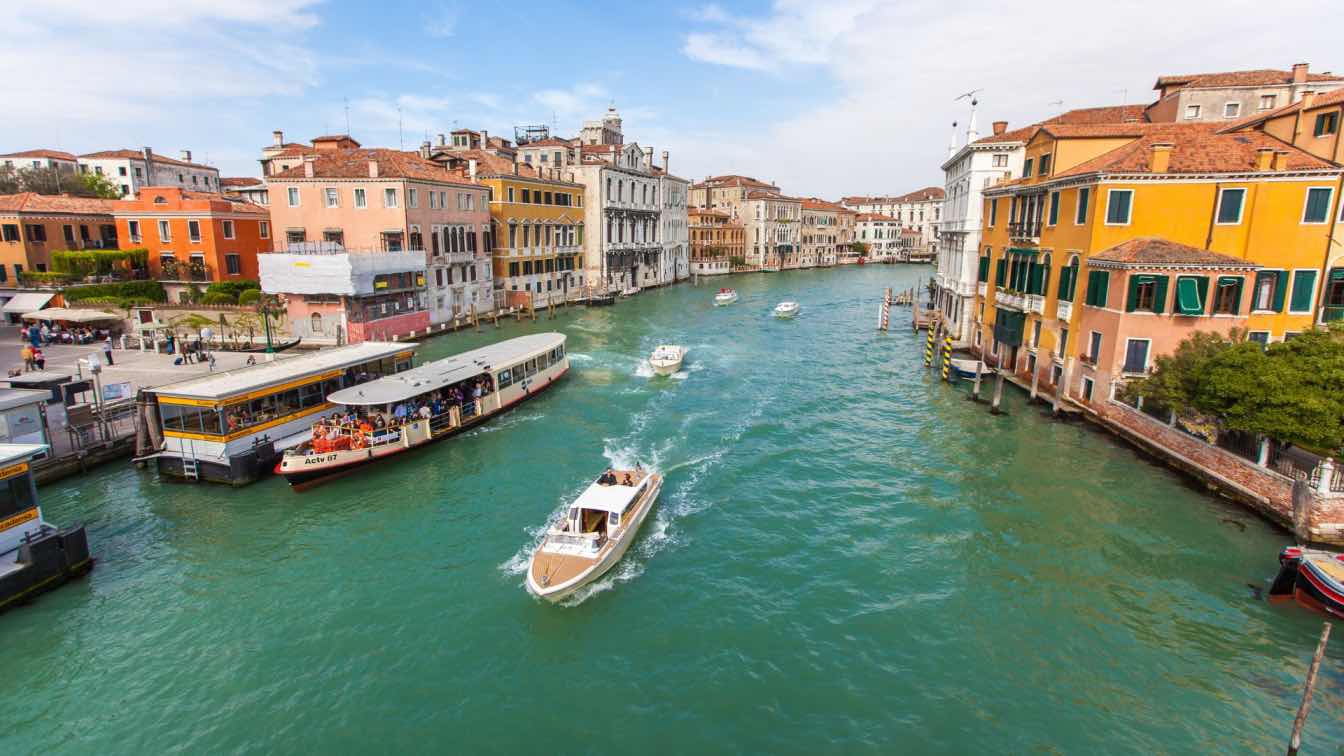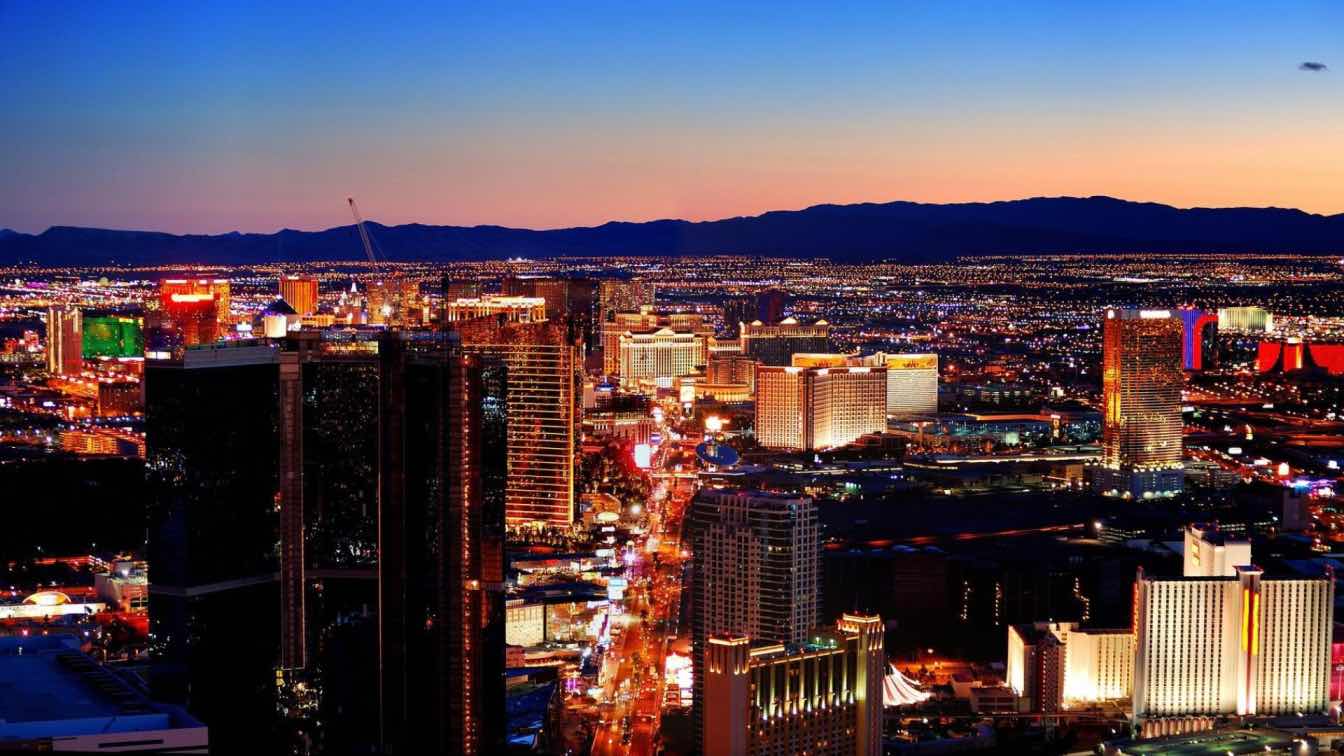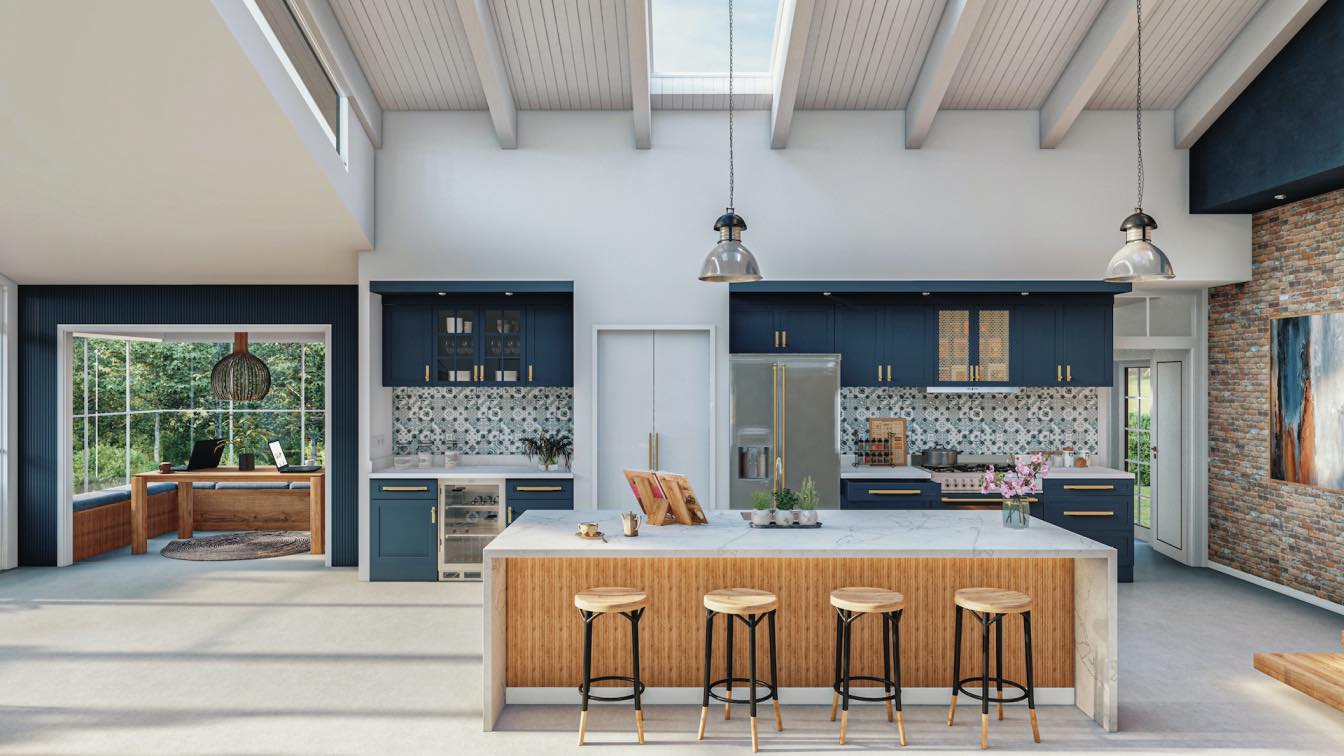A New Frontier for Urban Design
As coastlines around the world grapple with rising sea levels and limited space, architects are reimagining the very foundations of our cities. Floating architecture, once considered a futuristic concept, is now being tested as a practical solution for densely populated regions. These innovative projects challenge the traditional boundaries of urban design by transforming water into a viable canvas for sustainable living.
From modular homes resting on buoyant platforms to entire communities designed to drift along riverbanks, floating architecture represents a radical rethink of how humans coexist with nature. More than a technical solution, it carries profound cultural and social implications about resilience, adaptability, and the meaning of place.
The Technology of Buoyancy
The success of floating architecture depends heavily on engineering precision. Structures must remain stable in changing weather conditions, distribute weight evenly, and integrate renewable energy systems. Architects collaborate with marine engineers to create platforms that mimic the resilience of ships while maintaining the comfort of terrestrial buildings.
Innovations in lightweight yet durable materials allow these designs to withstand environmental stress without compromising on aesthetics. Anchoring systems, water filtration, and even floating gardens are being developed to ensure that such settlements are not only feasible but desirable.
Cultural Shifts Toward Water Living
Living on water is not entirely new. Communities in the Netherlands, Southeast Asia, and South America have long adapted to rivers and lakes with floating markets, stilt houses, and amphibious dwellings. What sets the current movement apart is its scale and ambition. Instead of temporary or isolated adaptations, floating architecture is being proposed as a long-term urban strategy.
The appeal lies not only in necessity but also in lifestyle. For many, water-based living evokes freedom, flexibility, and a closer connection to nature. Much like the way digital platforms such as v bet casino experiment with immersive environments to reshape user experiences, floating cities experiment with physical space to redefine how people interact with their surroundings.
Sustainability at the Core
One of the most compelling arguments for floating cities is sustainability. These projects often incorporate solar panels, wind turbines, and water recycling systems directly into their design. Floating farms and aquaponics can supply food locally, reducing reliance on external resources.
By minimizing land consumption, floating architecture also alleviates pressure on fragile ecosystems. Instead of expanding cities further inland, which often disrupts biodiversity, architects can build on water in harmony with existing landscapes.
Case Studies of Floating Innovation
Several pioneering projects demonstrate the potential of this architectural frontier. In the Maldives, floating resorts combine tourism with environmental awareness, showcasing how luxury can coexist with ecological responsibility. In the Netherlands, entire residential neighborhoods float on lakes, offering a glimpse into a future where water is not an obstacle but an asset.
In South Korea and Singapore, governments are exploring floating infrastructure as part of national adaptation strategies. These examples highlight not only the architectural ingenuity but also the political will required to turn experimental concepts into reality.
Challenges and Criticisms
Despite its promise, floating architecture faces hurdles. Legal frameworks for property rights on water are still evolving. Questions about accessibility, affordability, and integration with existing urban centers remain unresolved. Critics argue that such projects may risk becoming exclusive enclaves for the wealthy, rather than inclusive solutions for broader populations.
Moreover, ecological concerns about disturbing aquatic ecosystems need thorough assessment. Architects must balance human needs with the preservation of marine life, ensuring that solutions to one problem do not create new ones.
The Future of Cities on Water
Floating cities are unlikely to replace traditional urban centers, but they may complement them in strategic ways. Coastal metropolises could expand into harbors, while island nations might rely on floating infrastructure to preserve their way of life. The vision is not about abandoning land but about expanding the possibilities of where life can flourish.
For architects, the challenge is to design spaces that are not only structurally sound but culturally meaningful. Floating architecture is more than engineering—it is a chance to redefine our relationship with water, resilience, and the future of urban life.





